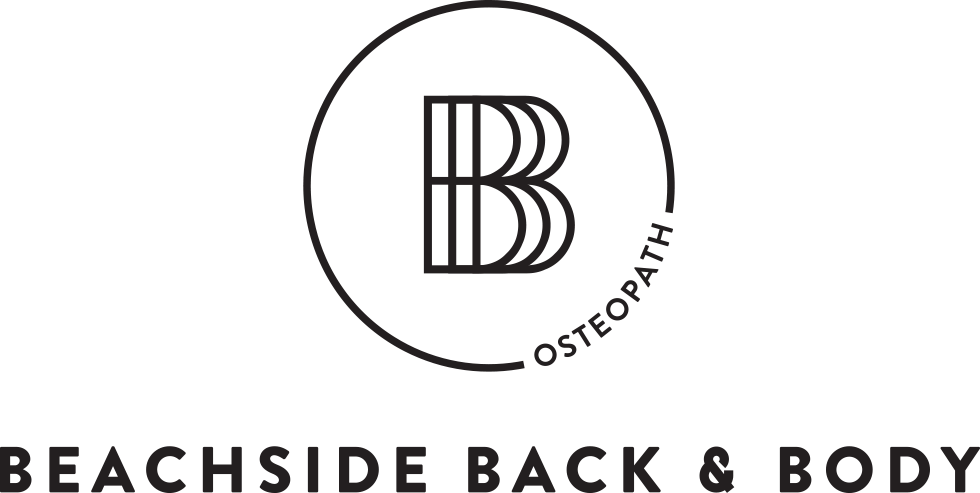Have you noticed an increase in the use and advertising of massage guns? We certainly have! Have you got a massage gun laying around, still in its box from Christmas? Or just seen an ad for one on Instagram? We had Harley look into their benefits and how to use them most effectively.
What do massage guns do to muscles?
Harley’s research found there have been many studies addressing the use of vibration based tools and therapies (Lee et al., 2018). The use of a vibration based therapeutic device causes a tonic vibration reflex within the body. A tonic vibration reflex is when a muscle is subjected to vibration type stimulus, the vibration activates receptors within the muscles fibres, as well as, skin and tendons, causing this muscle to contract. This contraction causes increased blood flow, activation of the muscle fibres and increases range of motion of the associated joint/s. One study found that when compared with foam rolling and self-myofascial release (a type of self massage), the massage gun was superior.
When should I use a massage gun?
The simple answer is before and after exercise, with the research indicating that benefits experienced came with the use of the massage gun for five minutes on a muscle. If used for five minutes as part of a warm up, before exercise, a massage gun can increase the range of motion of a joint without losing performance(Konrad et al., 2020). When using a massage gun device immediately after exercise, research indicates a reduction in delayed muscle soreness (DOMS; which is the broad muscular pain one can experience immediately after, and in the days following exercise).
Here are Harley’s suggestions on when and how to use a massage gun:
Use a massage tool as part of warm up, cool down and/or rehabilitation program
Use for 5 minutes at a time on each muscle group
Avoid bony body parts
Avoid overuse
Harley concluded that a self massage device that is vibration based should be utilised within a warm-up routine and rehabilitation programs. This is due to the positive effects on range of motion and muscular soreness, concurrently having no negative impact on muscle activation, strength or power. It also doesn’t necessarily have to be one of these trendy new massage guns, as there are many vibrating massage tools out there now. As long as you follow the above suggestions, you have added another great tool to your warm ups, cool downs and rehabilitation programs.
References
Martin, J., 2021. A critical evaluation of percussion muscle gun therapy as a rehabilitation tool focusing on lower limb mobility. A literature review. [ebook] Winchester: Department of Health and Wellbeing. University of Winchester. Available at: <https://scholar.google.com.au/> [Accessed 12 July 2022].
Lee, C., Chu, I., Lyu, B., Chang, W. and Chang, N., 2018. Comparison of vibration rolling, nonvibration rolling, and static stretching as a warm-up exercise on flexibility, joint proprioception, muscle strength, and balance in young adults. Journal of Sports Sciences, 36(22), pp.2575-2582.
Konrad, A., Glashüttner, C., Maren Reiner, M., Bernsteiner, D. and Tilp, M., 2020. The Acute Effects of a Percussive Massage Treatment with a Hypervolt Device on Plantar Flexor Muscles’ Range of Motion and Performance. Journal of Sports Science and Medicine, 19(4), pp.690–694.
